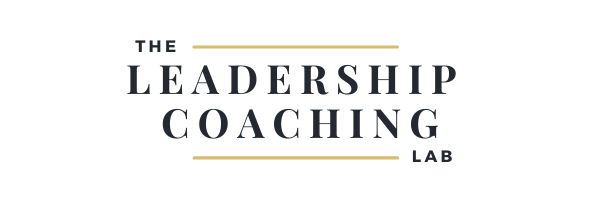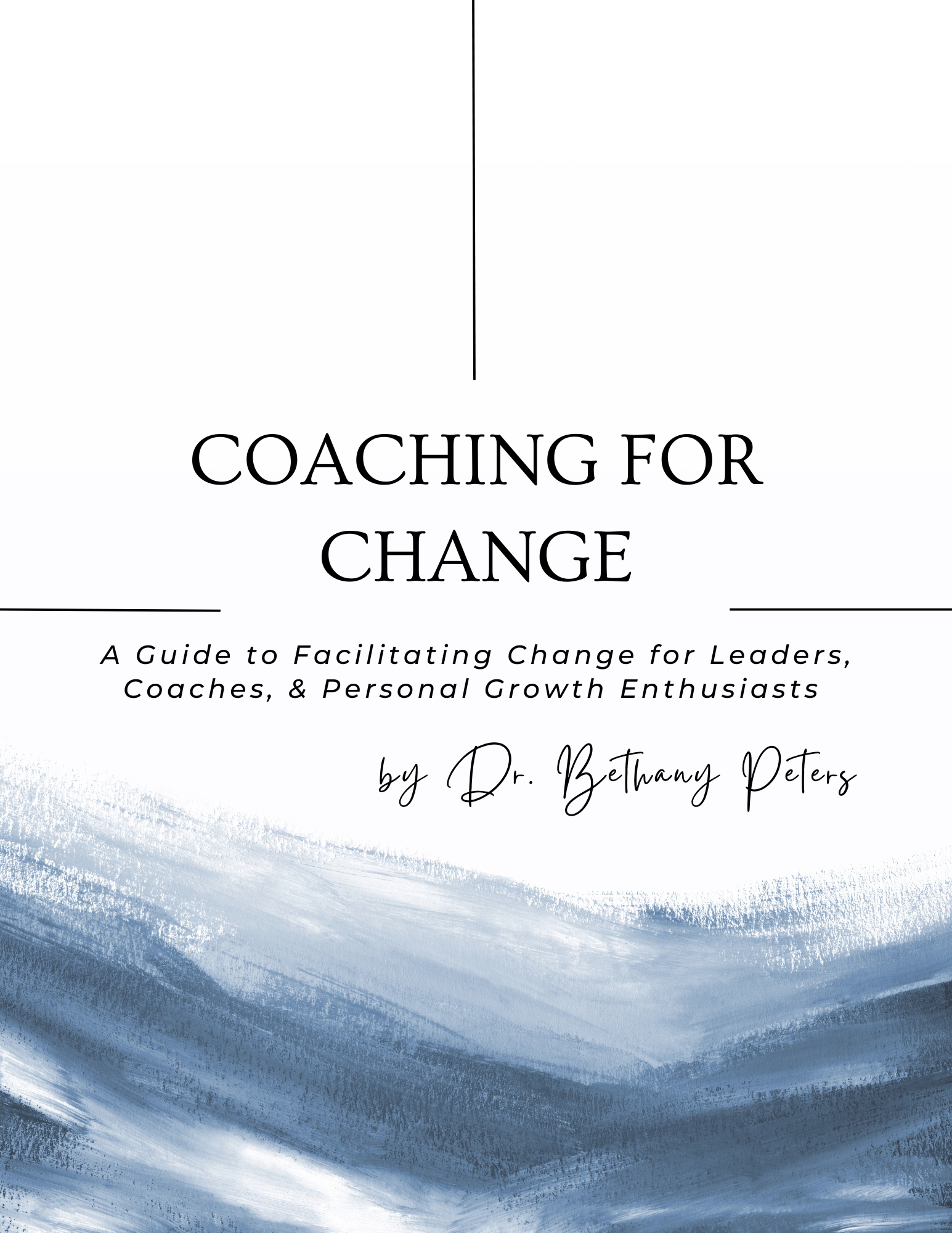Lead Like a Lazy Genius: 9 Coaching Questions to Simplify Your Work
“Perfectionism is the voice of the oppressor, the enemy of the people. It will keep you cramped and insane your whole life.”
— Anne Lamott
Your professional responsibilities—whether you’re a leader, running your own business, or an ambitious individual contributor—often comes with the quiet expectation that you’ll be endlessly available, responsive, and improving—all at once. The implicit message is clear: if you’re not constantly leveling up, optimizing, and pushing harder, you’re often perceived as falling behind. For professionals, entrepreneurs, and leaders alike, this pressure shows up in packed calendars, constant decision-making, and the nagging fear that letting anything slide will be seen as a weakness. The convergence of demands can leave even the most capable people feeling fragmented, reactive, and overwhelmed.
In the face of this complexity, typical productivity hacks often fall short, offering surface-level fixes for deep-seated challenges.
Kendra Adachi, in her popular work The Lazy Genius Way, offers a powerful alternative:
“Be a genius about the things that matter and lazy about the things that don’t.”
This isn’t about doing less; it’s about doing the right things with more focus and less friction. It’s what Adachi calls “compassionate productivity”—a way to achieve meaningful progress without burning yourself out.
This shift matters because exhaustion is more than just uncomfortable—it’s costly. When energy runs low, decision fatigue sets in, creativity stalls, and mistakes multiply. Protecting your clarity and energy ensures you can make better decisions, create with confidence, and sustain your performance over the long haul.
This post applies three Lazy Genius principles to the daily grind of professional life, offering a way to manage complexity with clarity and purpose.
Choose The One Thing That’s Worth Your Brainpower
One of the subtlest traps high performers often fall into is believing they must optimize everything. Every project feels urgent, every initiative looks essential, and every opportunity seems too important to pass up. But chasing “greatness” everywhere is a recipe for mediocrity—and burnout.
This is why Kendra Adachi begins with a deceptively simple principle: Name What Matters. It’s the cornerstone of compassionate productivity. The moment you identify what truly matters, you create both a target for your energy and permission to let other things go. Without that clarity, you end up scattering your attention, burning through decision-making energy, and diluting your impact.
Making this shift can feel uncomfortable—or even wrong— when you decide to set aside tasks, projects, or opportunities that have long felt “important.” You might notice tension, guilt, or the nagging fear that you’re falling behind. That discomfort is normal; it signals that you’re challenging old habits of overcommitment and learning to prioritize with intention. The shift is less about abandoning standards and more about developing a disciplined focus on what truly drives impact.
This powerful practice isn’t about lowering your standards—it’s about creating space for what really matters. When you decide what matters most, you protect your team, your clients, your family — and yourself — from the chaos of competing priorities. You’re effectively saying, “This is the outcome that defines success. Everything else is secondary.”
Try this Priority Filtering Exercise
To practice this, take a sheet of paper and list every major project, task, or initiative you’re juggling. For each item, ask:
Does this directly support my top outcome?
If I did nothing else this week, would this still move the needle?
Could this be paused, delegated, or simplified without major consequences?
Circle the one thing that passes all three filters. That’s your focus. Everything else is secondary, at least for now.
Naming what matters anchors you to purpose instead of pace.
Coaching Questions to Help You Name What Matters:
- If I can achieve only one thing right now, which outcome makes the most difference?
- Which effort will have the greatest ripple effect across my work or organization?
- Looking ahead, what single accomplishment would convince me this season was a success?
2. Embrace an Essentializing Mindset
Once you've identified what truly matters, the next step is to create the space for it to thrive. Yet, many professionals—whether leading a team, running a business, or excelling in their careers—often find themselves holding onto tasks, meetings, or habits that no longer serve their primary objectives. The pressure to excel in every area leads to clutter—both in calendars and in minds—draining energy and focus.
This is where Essentializing comes into play. At its core, it's about strategic subtraction: identifying what isn't critical and letting it go. Kendra Adachi emphasizes that this isn't about doing less for the sake of it; it's about being intentional with your energy and focus. As she aptly puts it,
"You’re allowed to care about what matters to you, and so is everyone else.”
Adopting this mindset can be challenging. It requires confronting the discomfort of releasing tasks or commitments that may have once been important but no longer align with your current priorities. Adachi notes, "You have to have compassion for yourself" . This compassion is crucial as it allows you to make decisions that protect your clarity and stamina without guilt.
Think of Essentializing as clearing the clutter so your top, most worthy priorities can get the attention they deserve.
When applied effectively:
Teams experience alignment instead of overload.
Decisions are made with greater confidence and less hesitation.
Energy is preserved, enabling sustained focus on what truly counts.
The goal isn't minimalism for its own sake. As Adachi suggests, it's about "removing friction to amplify focus" . By consciously letting go of what's unnecessary, you protect the energy needed for what truly drives impact.
Hold a “Stop-Doing” Session
List every active project, recurring report, and standing meeting. Then ask:
Does this directly advance my primary priority?
Could this be paused, delegated, or simplified without sacrificing results?
Essentializing is not indulgence—it’s a strategic act. Every decision to release the unnecessary preserves your energy, your team's focus, and your organization's ability to execute on what truly counts.
Coaching Questions to Help You Essentialize:
- Which task or project could you release this week to free time for your top priority?
- What recurring process or meeting consumes more energy than value?
- Which initiatives could be “good enough” with less effort, preserving energy for what really matters?
Be a genius about the things that matter and lazy about the things that don’t.
-Kendra Adachi
3. Determine Your Decision Defaults
Even small, repeated decisions can quietly chip away at your clarity, energy, and focus. Every choice about responding to an email, running a recurring meeting, or approving a minor process consumes mental bandwidth. Over time, these micro-decisions accumulate, leaving less capacity for the complex, high-stakes challenges that define your professional impact.
Kendra Adachi’s Decide Once principle offers a remedy: create rules, defaults, or routines for recurring tasks so your energy is reserved for what matters most. As Adachi notes,
“You can’t be a genius about everything. Decide once, so your brain can focus on what matters.”
This isn’t about being rigid—it’s about structuring your environment to reduce friction, preserve cognitive space, and give yourself the freedom to excel where your insight truly counts.
Transitioning to this approach can feel strange at first. It takes some advanced planning to better understand what regular decisions you’re likely to face. The upfront commitment can feel like a deterrent. You may notice discomfort or a sense of vulnerability, especially if you’re used to handling every detail personally. That tension is normal—it’s a sign you’re breaking old habits of over-management and stepping into a more strategic way of working.
Think of Decide Once as creating a buffer for your brain. Instead of negotiating the small stuff repeatedly, you make a single, intentional choice and let it guide future action. The benefits are immediate: reduced stress, preserved energy, and a team that understands what to expect.
Try a Decision Audit
Make a list of recurring decisions you make weekly—everything from meeting formats to email responses.
Identify which ones are low-stakes but frequent enough to drain energy.
For each, create a clear default or rule. For example:
All weekly team meetings follow a fixed 3-point agenda.
Non-urgent updates are compiled into a single summary email.
Only accept meetings that come with a clear outcome and agenda.
Commit to letting that rule guide all future instances for at least a month. Notice how much mental bandwidth is freed.
By deciding once, you’re not being lazy—you’re practicing strategic focus. Every simplified decision preserves energy you can reinvest in complex thinking, coaching your team, or pursuing high-impact work. As Adachi emphasizes, “Being lazy about the things that don’t matter isn’t weakness; it’s clarity in action.” Your attention—focused, protected, and intentional—is your most critical asset.
Coaching Questions to Help You Decide Your Defaults:
- What recurring decisions drain your mental energy without adding proportional value?
- Which processes could you standardize so your team can act without constant approval?
- Where could one clear policy or default save time and reduce ambiguity?
Get the Complete Toolkit to Inspire Growth & Change
Get my free 60-page ebook featuring my 8-step process for growth and 80 powerful questions for coaching or reflection - designed for leaders, coaches, & personal growth enthusiasts.
You'll also join 2,000+ professionals who receive The Coaching Mindset, my newsletter for practical tips to inspire intentional growth and tools to take a coach approach.




